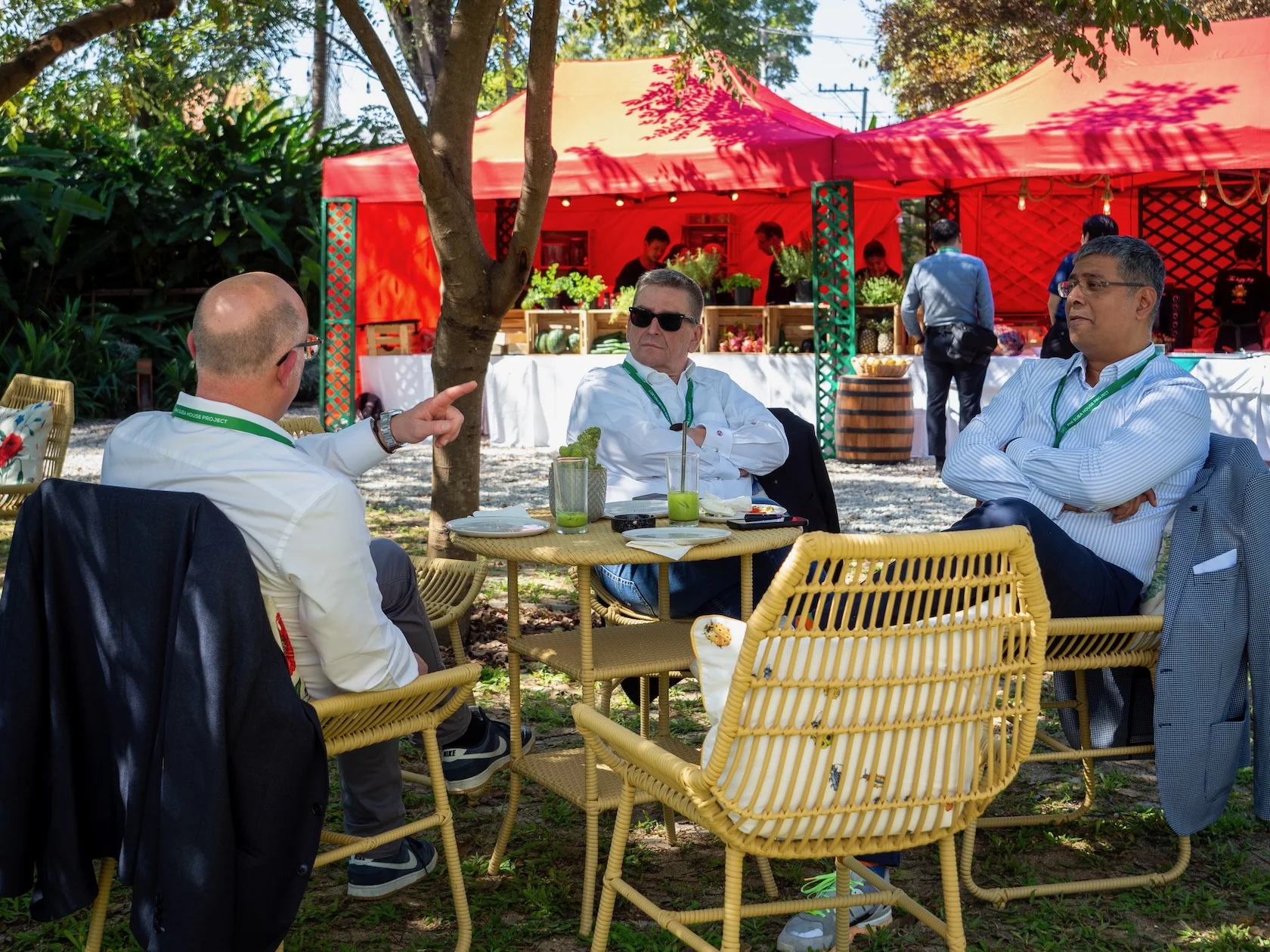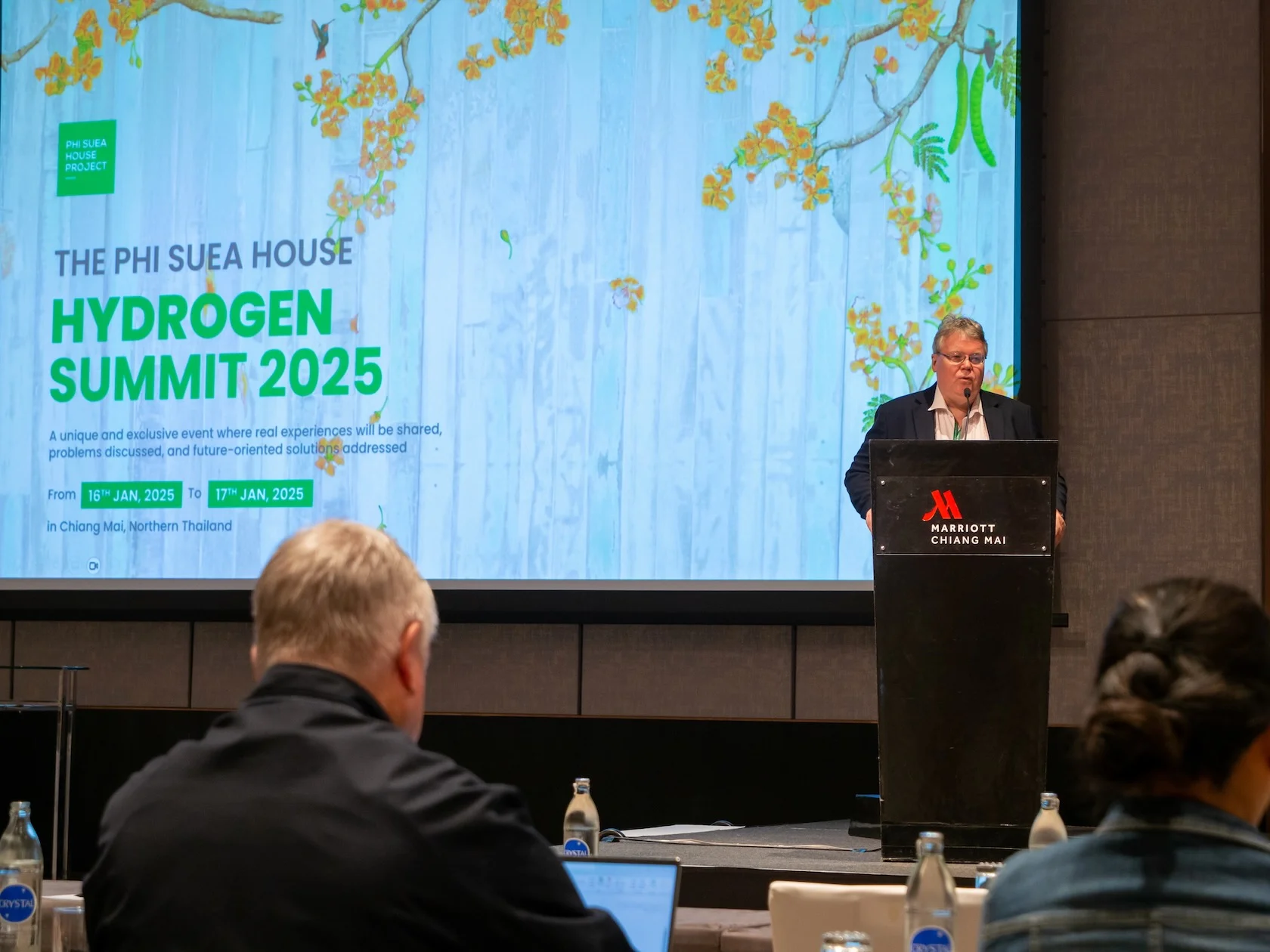A Decade of Living on Hydrogen: Inside Chiang Mai’s Pioneering Green Home
By VAHC's Secretariat | Chiang Mai, Thailand – October 8, 2025 on the occasion of World's Hydrogen Day of October 8 2025
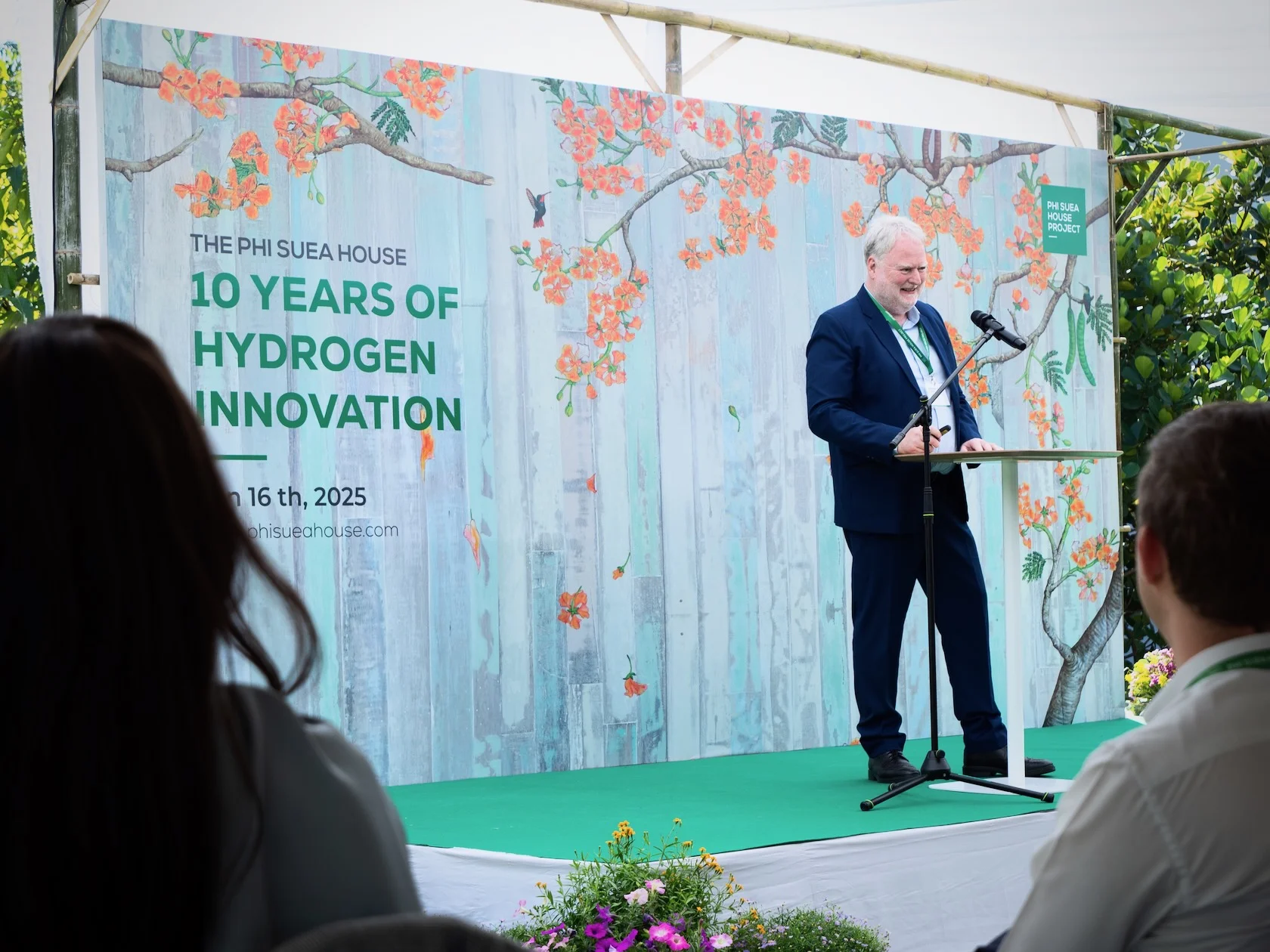
Tucked away in the lush foothills of northern Chiang Mai, amid teak trees and mountain mist, stands a quiet revolution in motion — a home that breathes sustainability. Ten years ago, when hydrogen energy was still more a scientific promise than a practical reality, Sebastian-Justus Schmidt dared to build what many thought impossible:
a self-sufficient residence powered entirely by solar energy and green hydrogen, off the grid, and off the beaten path.
That bold experiment became the Phi Suea House, and today, it stands as a living laboratory — a rare harmony of architecture, engineering, and ecological philosophy. In January 2025, this remarkable home celebrated its 10th anniversary by hosting the Hydrogen Summit 2025, a two-day gathering of innovators, diplomats, and thinkers determined to shape the future of hydrogen energy across Asia and beyond.
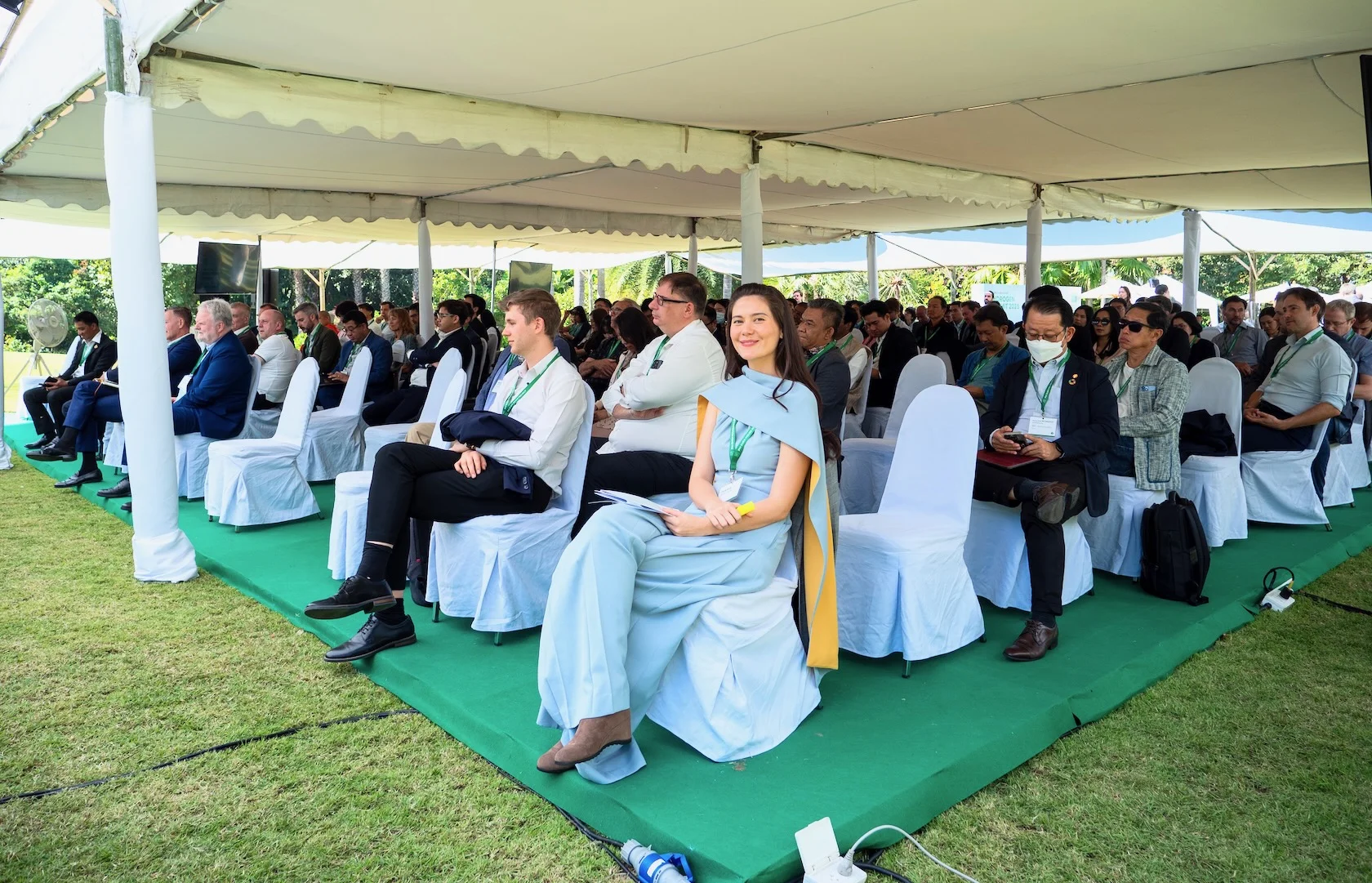
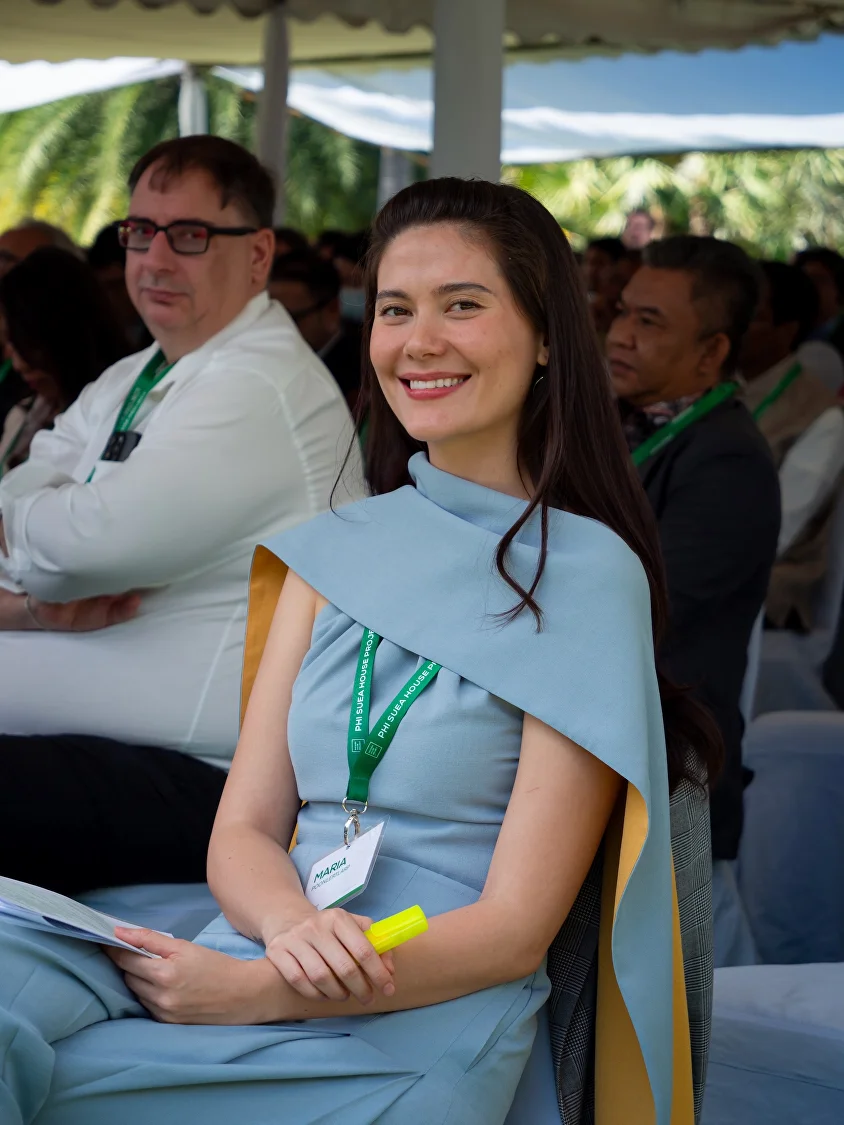
A Home That Makes Its Own Energy
Unlike traditional solar-powered houses that rely on batteries alone, the Phi Suea House operates on a more resilient model. During sunny days, rooftop solar panels generate electricity that powers the home’s systems and feeds energy into an electrolyzer — a device that splits water into hydrogen and oxygen.
The hydrogen is then stored safely in pressurized tanks, becoming a renewable fuel reserve for when the sun goes down or the weather turns cloudy.
When electricity is needed at night, hydrogen fuel cells quietly reverse the process, combining hydrogen and oxygen to produce pure electricity — with only water vapor as the by-product. The cycle repeats endlessly, forming a closed-loop system that eliminates the need for fossil fuels, external power lines, or carbon emissions.
For a decade, this quiet home has not drawn a single watt from Thailand’s national grid. It produces its own power, stores its own energy, and demonstrates that the future of housing can be both elegant and emission-free.
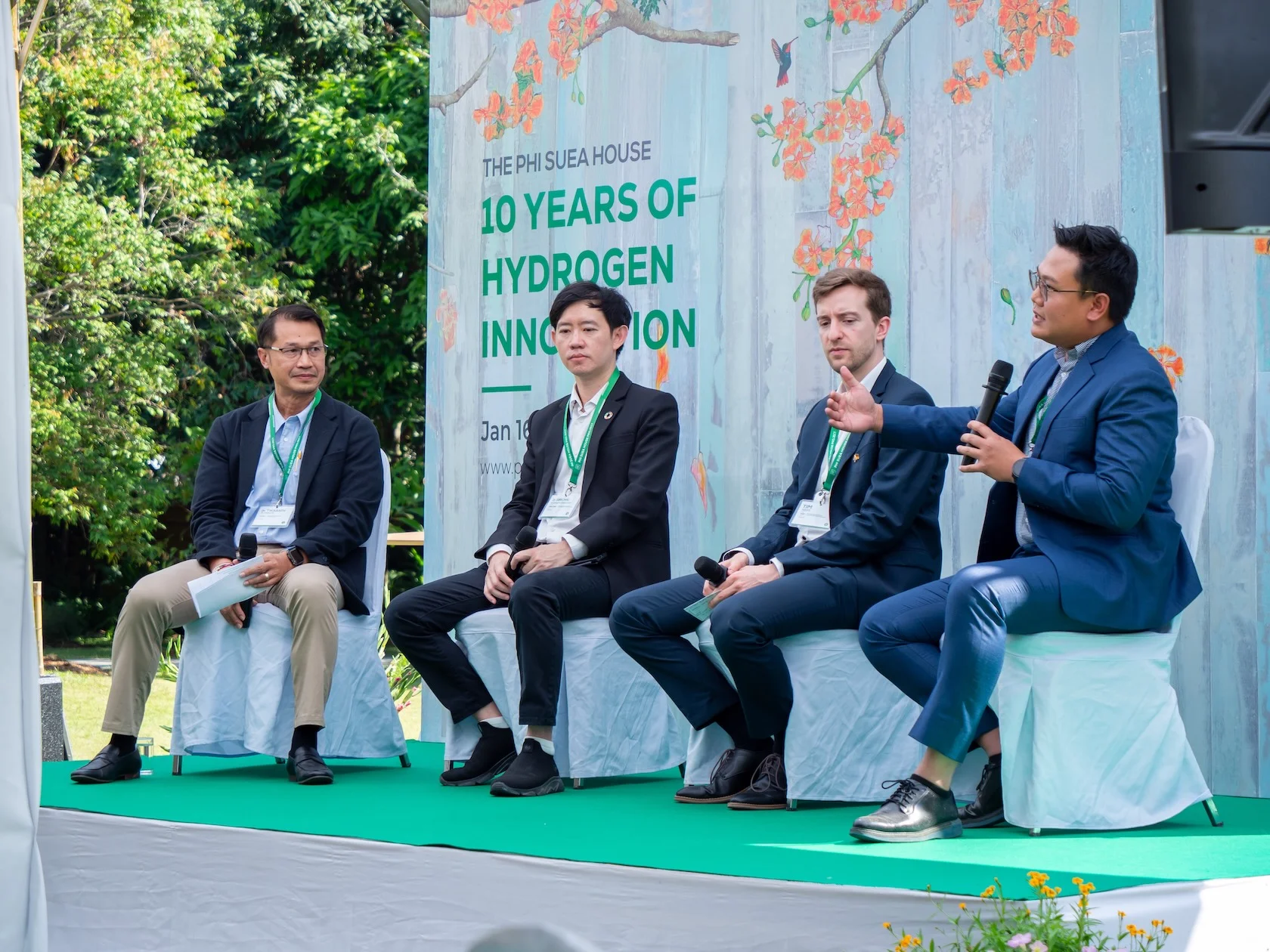
From Vision to Movement
When Schmidt, a German-born entrepreneur and technologist, first imagined the Phi Suea House, the hydrogen economy was in its infancy. “We wanted to show that sustainability doesn’t need to be theoretical,” he said at the summit. “It can be lived, today, in a home that functions like an ecosystem.”
Over the years, the project evolved from an experiment into a beacon for sustainable living — attracting engineers, policymakers, and students who came to study its systems firsthand. It also inspired the founding of Enapter, a company now leading the global modular electrolyzer market, enabling small-scale, decentralized hydrogen production.
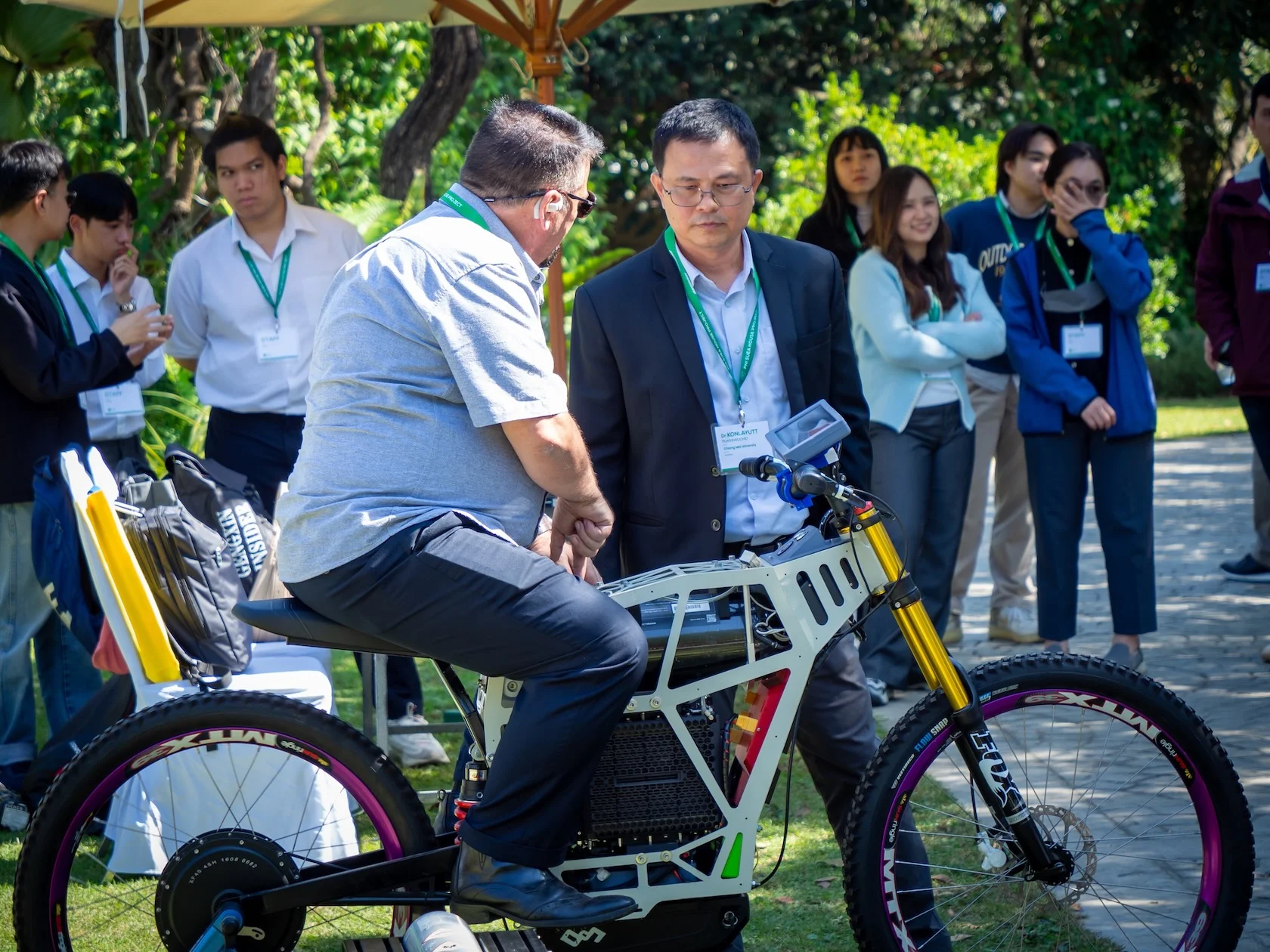
Hydrogen Summit 2025: 10 Years, One Vision
To celebrate its decade-long journey, the Hydrogen Summit 2025 convened at the Phi Suea House on January 16–17, 2025. The event was no ordinary conference; it was an intimate forum under the open skies of Chiang Mai, where scientists, diplomats, and entrepreneurs discussed not only the science but also the soul of hydrogen innovation.
The opening day featured keynote remarks by Hans-Ulrich Südbeck, Germany’s Chargé d’Affaires in Thailand, and Adisak Choosuk from Thailand’s Ministry of Energy, alongside panels exploring Thailand’s Hydrogen Knowledge Hub and the Southeast Asian hydrogen roadmap.
Representatives from Malaysia’s Tenaga Nasional Berhad (TNBR), Indonesia’s PLN, and Vietnam’s Sowareen Group shared national perspectives on integrating hydrogen into clean energy strategies.
But it wasn’t just about speeches. The summit emphasized dialogue and co-creation, with small working groups tackling real-world challenges — from financing green hydrogen and setting sustainability regulations to exploring AI applications in energy and the Just Energy Transition (JET).
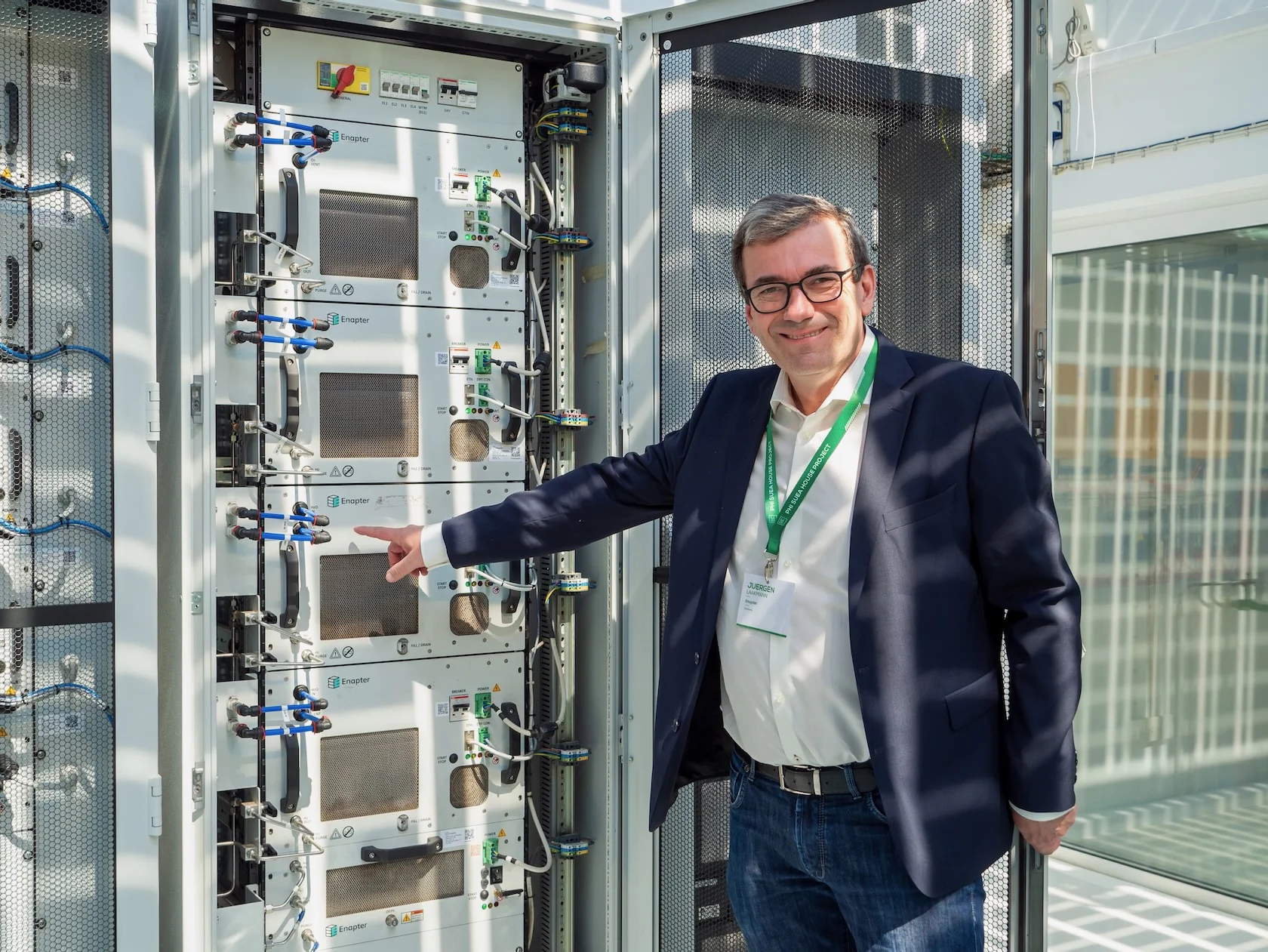
The Spirit of Collaboration
Under the “no-branding” philosophy, participants shed corporate labels to exchange ideas freely. The discussions followed Chatham House Rules, ensuring that what was said could inform policy and innovation without the weight of attribution.
As moderator Maria Poonlertlarp guided conversations, the atmosphere was both intellectual and personal — a gathering of people who believe that energy transition is not just a technological shift, but a human one.
Evening sessions turned the summit into a true celebration. Guests shared stories over Thai and Italian dishes, surrounded by the soft hum of hydrogen-powered lights — a poetic reminder that the energy illuminating the event was the very subject of their dialogue.
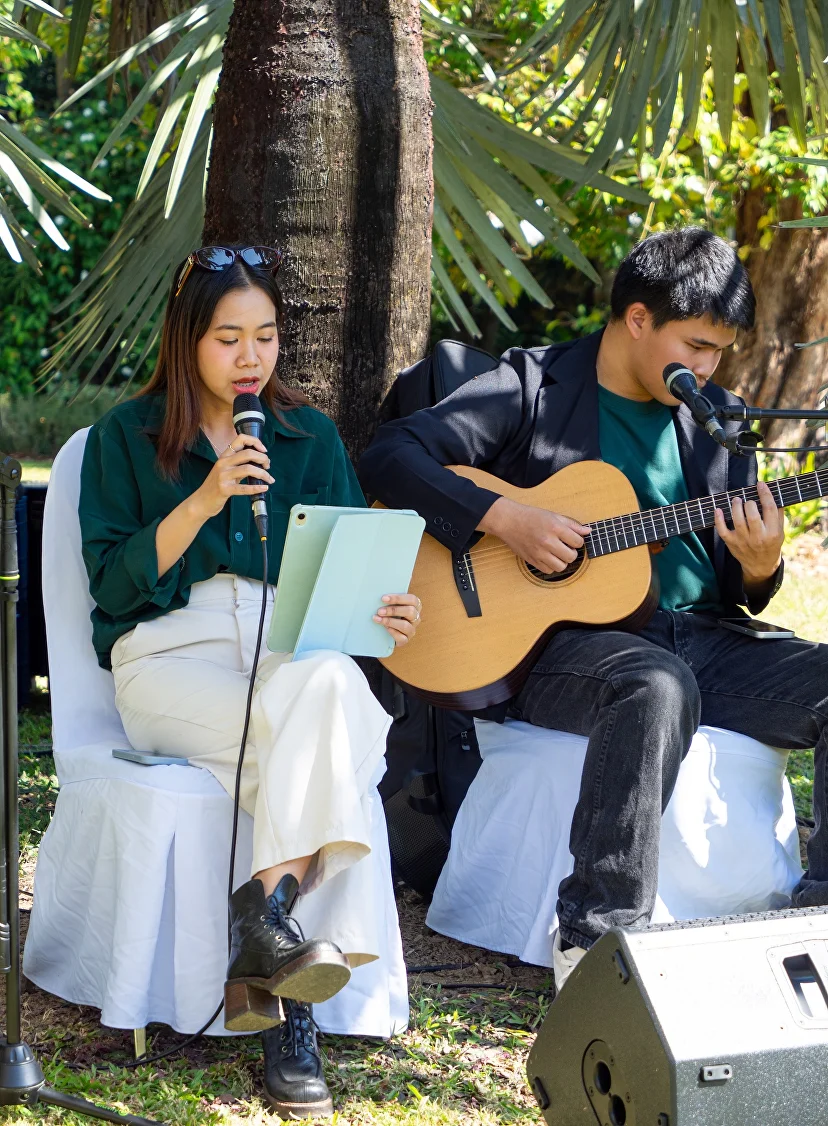
Ten Years Later, the Light Still Shines
Ten years on, the Phi Suea House remains unique — but perhaps not for long. As Southeast Asia accelerates toward carbon neutrality, the house’s model of decentralized, self-sustaining power offers a practical blueprint. Its message is clear: the future can be built house by house, powered by sunlight and stored in hydrogen.
Chiang Mai’s landmark experiment has proven that hydrogen is not a fuel of the future — it is a fuel for living, today.
And as the 2025 summit concluded, the soft glow of the hydrogen lamps at Phi Suea House seemed to carry a quiet promise: the next decade will burn even brighter.
